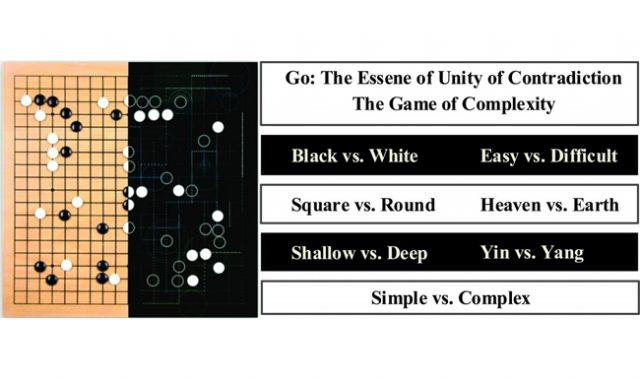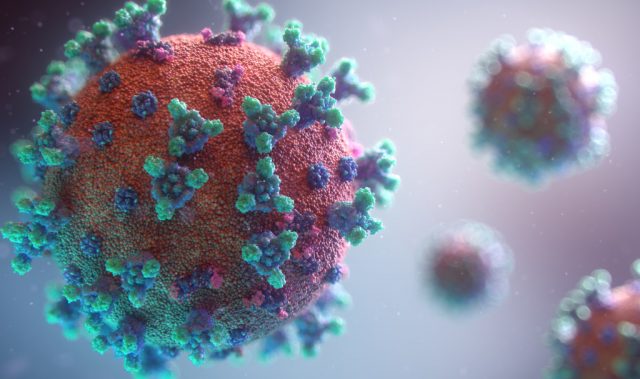
AsianScientist (Aug. 24, 2016) – A study from China published in the IEEE/CAA Journal of Automatica Sinica suggests that machines can learn how to plan traffic signals to reduce wait times and make traffic queues shorter.
In traffic signaling, it’s the pattern of traffic light switches that minimizes the time drivers spend waiting in a queue or the length of that queue. Automating traffic control is notoriously tricky because it involves two challenging tasks: modeling traffic flow and then optimizing it.
Much like the reward system in our brain, reinforcement learning algorithms operate by determining what set of actions are most beneficial to a system in a given state. In video games, for example, these steps are the strategic moves a player must make to earn the highest possible score.
Inspired by how the human brain works, Lv Yisheng and colleagues at the Chinese Academy of Sciences and Tsinghua University used special algorithms called neural networks to search for hidden patterns in sets of data. When combined with reinforcement learning, this technique effectively reduces the space a machine must search through, and the computational time it takes, as it seeks the best solution.
Interestingly, when deployed on a virtual four-way traffic intersection with four lanes heading east-west and four heading north-south, the deep reinforcement learning algorithm outperformed a conventional reinforcement learning algorithm.
Not only were there shorter lines and a better balance of traffic in both directions, over the course of a full day, more than 1,000 fewer vehicles came to a full stop. In the end, the average delay was cut by 14 percent, with vehicles spending 13 seconds less in traffic during peak morning hours.
Deep reinforcement learning algorithms aren’t quite ready to hit the streets, the researchers say, but they are helping make real-world traffic scenarios a lot less complicated, which could pave the way toward a new understanding of how traffic flows work.
The article can be found at: Li et al. (2016) Traffic Signal Timing via Deep Reinforcement Learning.
———
Source: Chinese Association of Automation; Photo: Pixabay.
Disclaimer: This article does not necessarily reflect the views of AsianScientist or its staff.












